Many sources of browns can be found in your home and community. Dry leaves collected in the fall, straw, shredded newspaper, cardboard, and yard waste are excellent brown materials. Timber machining companies, recycling centers or local garden centers often have excess sawdust, yard clipping or wood shavings that you can get for your compost.

When it comes to composting, you may have heard the terms “greens” and “browns” thrown around. Browns refer to carbon-rich materials like leaves and twigs. Browns are an essential component of any successful compost pile, as they help to balance the nitrogen content of the greens and provide structure to the compost.
This article will explore the best places to get brown materials for your compost.
Where to Find Browns for Compost
Composting is an excellent way to turn your kitchen and yard waste into nutrient-rich soil for your garden. However, composting requires a balance of green and brown materials. While green materials are easy to come by, finding brown materials can be a bit more challenging. In this section, we will discuss some of the places where you can find brown materials for composting.
1. Local Garden Centers
Local garden centers are a great place to find brown materials for composting. Many garden centers sell bags of mulch, dried leaves, and wood chips, which are all excellent sources of carbon. You can also find straw, hay, and sawdust at some garden centers. These materials are usually sold in large bales and can be broken down into smaller pieces for use in your compost pile.

2. Recycling Centers
Recycling centers are another excellent source of brown materials for composting. Many recycling centers accept yard waste, including leaves, grass clippings, and branches. These materials can be shredded and used as a carbon source in your compost pile. Some recycling centers also sell mulch and wood chips, which are also great sources of carbon.
3. Own Backyard
Finally, don’t forget to look in your own backyard for brown materials. Fallen leaves, dried grass, and small twigs can all be used as a carbon source in your compost pile. If you have a wood chipper or shredder, you can also shred larger branches and twigs to use in your compost pile. Just be sure to avoid using materials from plants that have been treated with pesticides or other chemicals.
In conclusion, there are many places where you can find brown materials for composting. Local garden centers, online stores, recycling centers, and your own backyard are all great sources of carbon. By using a combination of these sources, you can create a healthy and balanced compost pile that will provide your garden with nutrient-rich soil.
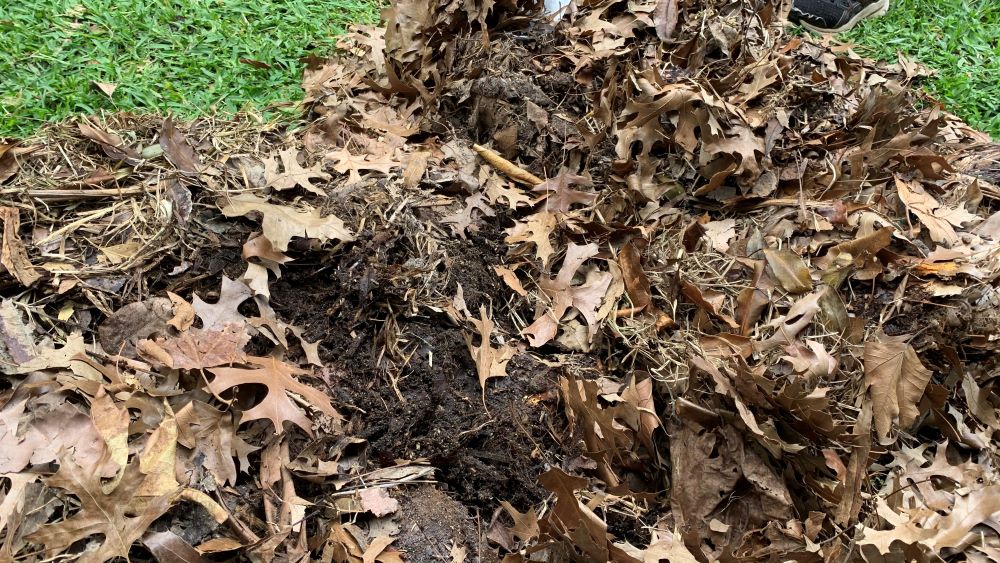
Understanding Browns in Composting
Browns are materials that are high in carbon, and they provide the energy source for the microorganisms that break down the organic material in your compost pile. Without enough compost browns, your compost bin may become too wet and start to smell bad.
Some examples of browns include dry leaves, straw, shredded newspaper, and cardboard. These materials are typically easy to come by and can be found in your backyard or around your home. However, it’s important to note that not all browns are created equal. Some browns, like sawdust and larger wood chips, can take a long time to break down and may actually slow down the composting process.
Green leaves or other green plant material are higher in nitrogen and are considered green material not brown.
To ensure that you have enough browns in your compost pile, aim for a ratio of about 3:1 browns to greens. This ratio will provide the optimal environment for the microorganisms to thrive and break down your organic matter.
Here are some common sources of browns that you can use in your compost pile:
- Dry leaves: Collect fallen leaves in the fall and store them in a dry place until you’re ready to use them in your compost pile.
- Straw: Straw is a great source of browns and can be purchased at most garden centers.
- Shredded newspaper: Collect these from neighbors. Shred newspaper into small strips and add it to your compost pile.
- Cardboard: Visit stores and ask if they have any spare packing boxes. Cut up cardboard boxes into small pieces and add them to your compost pile.
- Hay: Visit local farms or garden centers.
- Wood chips: Visit your local municipality or landscape supplier. While wood chips are a good source of browns, they can take a long time to break down. Use them sparingly in your compost pile.
By incorporating enough browns into your compost pile, you’ll be able to create nutrient-rich soil for your garden and reduce your household waste at the same time. They will help the compost to break down faster, and when added to your yard it will help to improve soil structure, microbial activity and help your plants to grow well.
Importance of Browns for Compost
If you want to create nutrient-rich compost for your garden, you must understand the importance of browns. Brown matter is dry, carbon-rich material that provide the necessary structure and balance for successful composting. Without them, your compost will be too wet and smelly, which can attract pests and harm your plants.
Browns are essential for creating a healthy compost pile because they help to create the ideal carbon-to-nitrogen ratio. This ratio is crucial for promoting the growth of beneficial microorganisms that break down organic matter and turn it into compost. Carbon sources feed microorganisms, help to reduce the moisture content of the pile and help to aerate the mix.
Some of the best brown compost materials include:
- Dead leaves (from trees and shrubs)
- Wood chips
- Bark (such as apple, pine, cedar, etc.)
- Straw
- Woody plant material (shredded)
- Paper bags (shredded)
- Toilet paper (shredded)
- Sawdust
- Paper (shredded or torn into small pieces)
- Paper towel rolls (torn)
- Wood shavings (without added chemicals)
- Cardboard (shredded or torn into small pieces)
- Hay or straw (chopped into small pieces)

Sources of Browns for Compost
When it comes to composting, the brown materials are just as important as the green materials. Browns are high in carbon, which helps balance the nitrogen-rich greens in your compost pile. Here are some excellent sources of browns for your compost:
Yard Waste
Your yard can be a great source of brown materials for your compost pile. Here are some examples of yard waste that you can use:
- Dry leaves
- Pine needles
- Straw
- Corn stalks
- Twigs and small branches
- Sawdust
- Wood chips
- Bark

Kitchen Scraps
Your kitchen is another great source of brown materials for your compost pile. Here are some examples of kitchen scraps that you can use:
- Tea bags
- Shredded newspaper
- Eggshells
- Nutshells
- Corn cobs
- Paper towels
- Cardboard egg cartons
Paper and Cardboard
Paper and cardboard are excellent sources of brown materials for your compost pile. Here are some examples of paper and cardboard that you can use:
- Shredded newspaper
- Paper towels
- Paper plates
- Napkins
- Coffee filters
- Corrugated cardboard (without waxy/slick coatings)
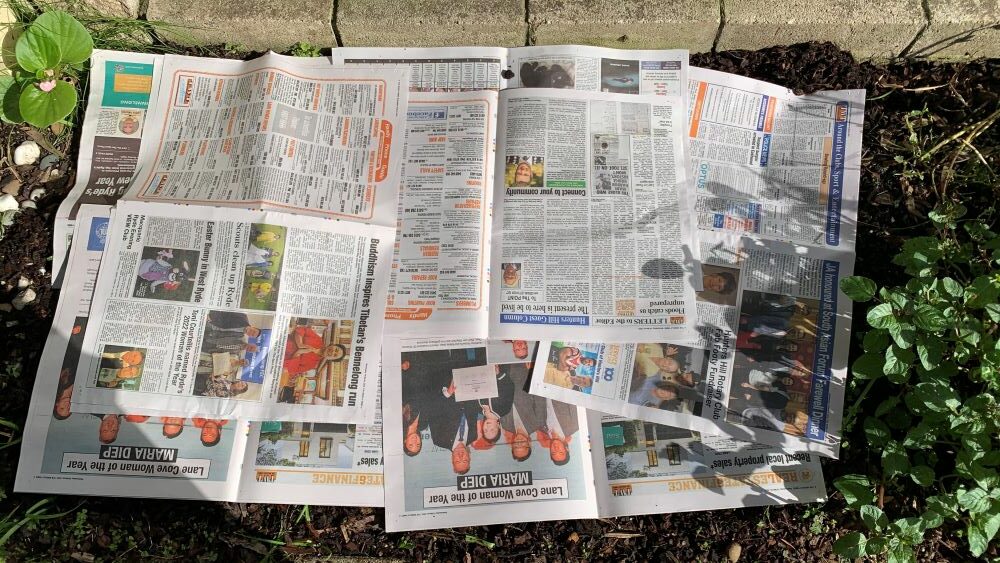
The best way to add paper or cardboard products to your compost heap is to shred them first. This will help them to break down faster.
Wood and Bark
Wood and bark are excellent sources of brown materials for your compost pile. Here are some examples of wood and bark that you can use:
- Sawdust
- Wood chips
- Bark
- Chipped tree branches/bark
Remember to avoid using any treated wood or wood that has been painted or stained.
How to Store and Manage Browns for Composting
While greens are often easier to come by, browns can be a little trickier to store and manage. Here are a few tips on how to store browns for composting:
1. Keep them dry
Browns, such as leaves, straw, and wood chips, should be kept dry to prevent them from rotting or molding. Store them in a dry, covered area, such as a shed or garage. If you don’t have a covered area, consider using a tarp or plastic sheeting to protect them from the elements.
2. Shred or chop them
Breaking down browns into smaller pieces can help speed up the composting process. Use a shredder or lawn mower to chop up leaves and straw, or use a saw to cut up branches and twigs. This will help the browns break down more quickly and evenly in your compost pile.
3. Mix them with greens
When adding browns to your compost pile, it’s important to mix them with greens, such as kitchen scraps and grass clippings. Aim for a ratio of roughly 3 parts browns to 1 part greens. This will help create a balanced compost pile that breaks down efficiently.
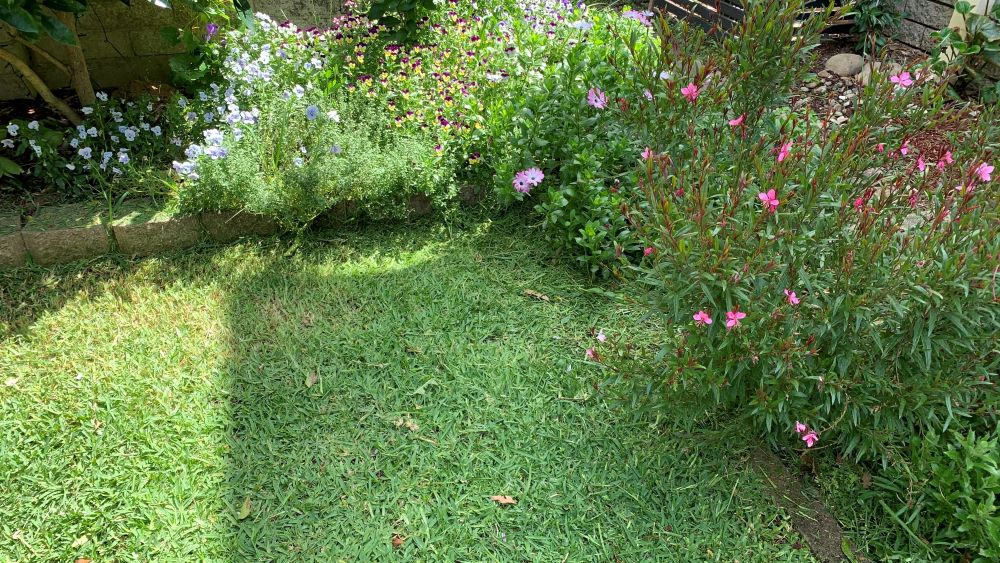
4. Store them in batches
If you have a lot of browns to store, consider dividing them up into smaller batches. You can make small piles in your backyard or store them in compost bins or bags. They will slowly break down over time and will be great to add to your compost later.
By following these tips, you can store and manage your browns for composting effectively, ensuring that you have a steady supply of nutrient-rich compost for your garden.
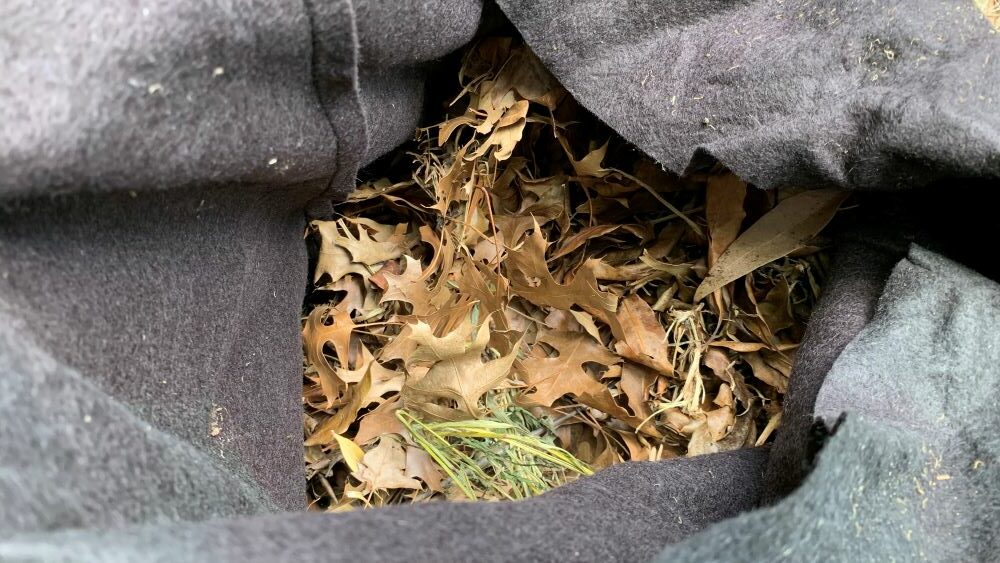
Common Mistakes to Avoid When Collecting Browns
When it comes to collecting browns for your compost, there are a few common mistakes that you should avoid. These mistakes can lead to a poorly balanced compost pile, slow decomposition, and unpleasant odors. Here are some mistakes to watch out for:
1: Using Only One Type of Brown Material
Using only one type of brown material can result in a compost pile that is too dry and slow to decompose. It’s important to use a variety of brown materials to add a range of microorganisms and to get the right balance of carbon and nitrogen. Some good sources of brown materials include leaves, straw, shredded paper, and cardboard but don’t use too much of any one type.
2: Using Brown Materials That Are Too Large
Brown materials that are too large can take a long time to break down and can slow down the composting process. It’s best to chop or shred brown materials into small pieces before adding them to your compost pile. This is particularly important if you are using wood chips. Make sure they are small so they break down fast.
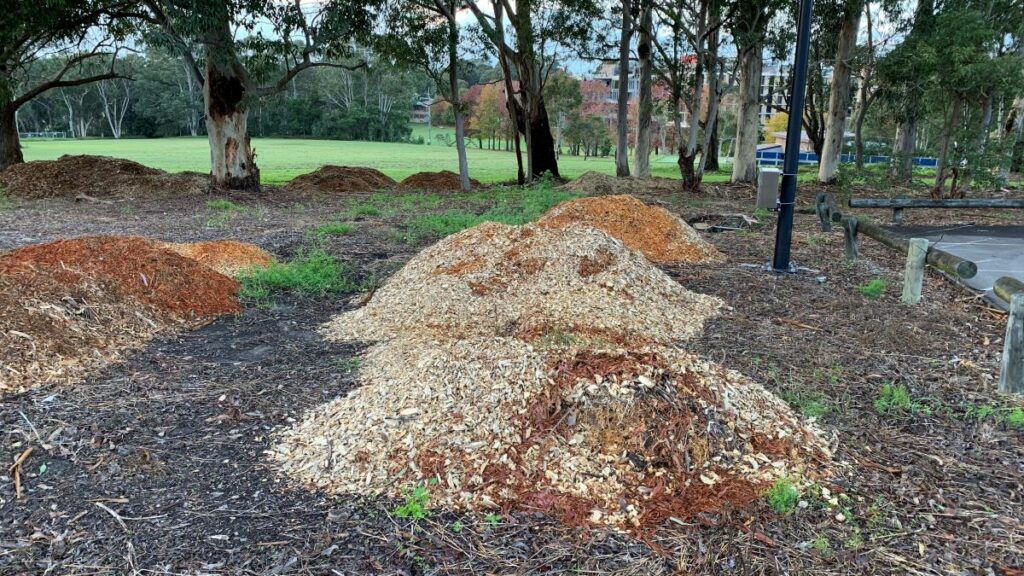
3: Using Brown Materials That Are Contaminated
Brown materials that are contaminated with chemicals or toxins can harm your compost pile and your garden. Avoid using brown materials that have been treated with pesticides, herbicides, unnatural dyes or that have come into contact with oil, grease, or other harmful substances.
4: Not Adding Enough Brown Materials
If you don’t add enough brown materials to your compost pile, it can become too wet and smelly. Aim for a ratio of about 3 parts brown materials to 1 part green materials.
5: Not Turning Your Compost Pile
Turning your compost pile helps to aerate it and speed up the decomposition process. If you don’t turn your compost pile regularly, it can become compacted and slow to decompose.
By avoiding these common mistakes, you can ensure that your compost pile is well-balanced and produces high-quality compost for your garden.
Summary
The best places to find brown materials for a compost pile are often closer than you think. Start by collecting dry leaves from your yard in the fall. Local parks and forests can be excellent sources too. Grocery stores, and recycling centers may offer cardboard and yard waste. Don’t forget to ask neighbors for their old newspapers. There are loads of free sources of brown materials if you look. I like to store fall leaves in breathable bags and add them to my compost throughout the year.
Frequently Asked Questions
What are good sources of carbon for compost?
Good sources of carbon for compost include dry leaves, straw, hay, wood chips, sawdust, shredded cardboard, and newspaper. These materials are considered “browns” and provide the necessary carbon to balance out the “greens” in your compost pile.
How can I get enough browns for composting?
You can get enough browns for composting by collecting and storing fallen leaves, branches, and twigs from your yard. You can also ask your neighbors for their yard waste or check with local tree trimming companies for wood chips and other brown materials. Another option is to purchase bales of straw or hay from a local feed store.
Is cardboard a brown material for compost?
Yes, cardboard is a brown material for compost. However, it is important to shred it into small pieces before adding it to your compost pile to help it break down more quickly.
Can dryer lint be used as browns for compost?
No, dryer lint is not recommended as a brown material for compost. It is made up of synthetic fibers and may contain chemicals from laundry detergents and fabric softeners that could be harmful to your compost.
Where can I buy brown waste for compost?
You can buy brown waste for compost from local garden centers, feed stores, and landscape supply companies. You can also check with your local municipality to see if they offer free or low-cost composting materials to residents.
Are coffee grounds considered green or brown for compost?
Coffee grounds are considered green material for compost, not brown. They are a good source of nitrogen and should be balanced out with brown materials in your compost pile. However, they can still be added to your compost pile in moderation.
I am an accredited practicing dietitian, experienced gardener and a dedicated cook. I love writing and sharing my experience so you can learn from my successes and mistakes.
